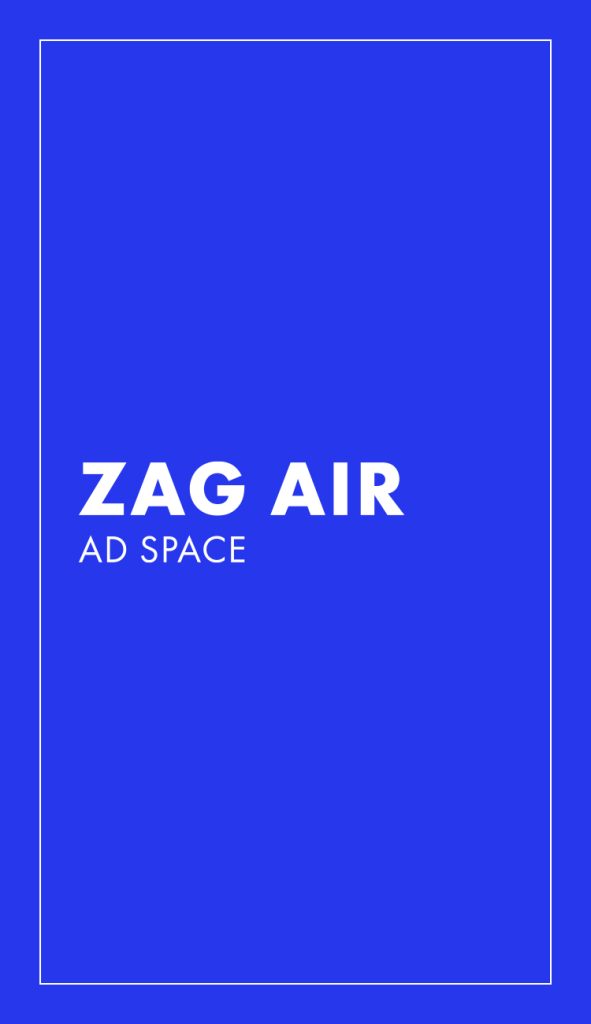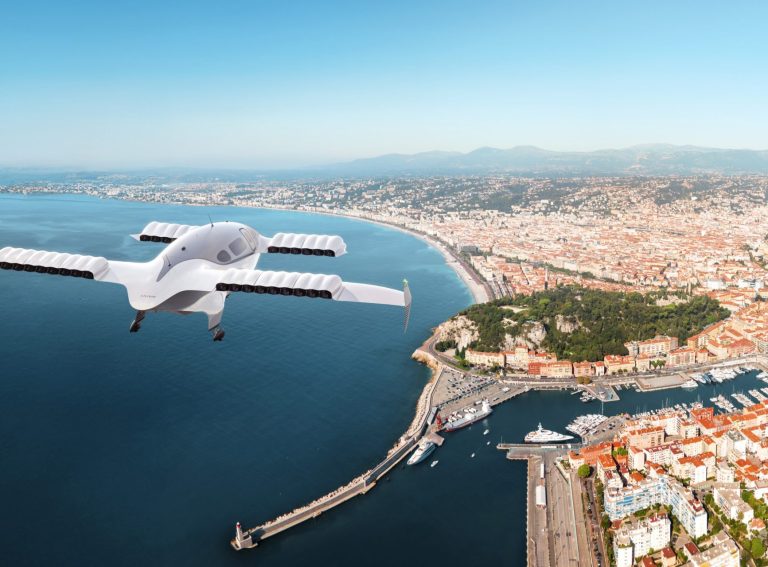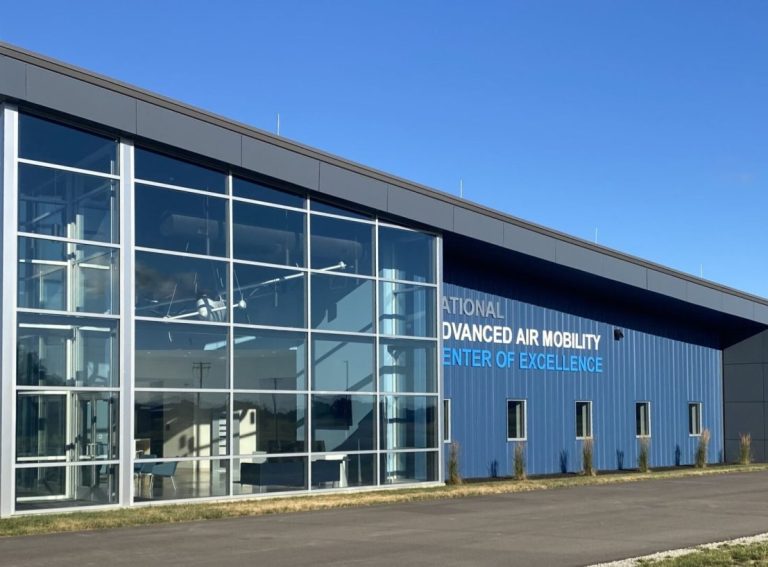The UK’s Advanced Air Mobility (AAM) sector, covering electric or hydrogen aircraft, could bring £1.7 billion in economic benefits, according to a new study by consultancy firm EA Maven.
The research covers both Urban Air Mobility (UAM) and Regional Air Mobility (RAM), identifying the most viable routes for commercial aviation services across the UK.
The firm’s analysis reveals 684 potential routes from 63 existing airports across the UK for the Regional Air Mobility market, and 994 potential routes between 264 towns and cities for the Urban Air Mobility market. These routes are then compared to road and rail routes to measure the utility of the journey.
Speaking with EA Maven Co-founder Darrell Swanson and Jarek Zych in an interview for Zag Daily, they explain how the firm measures the economic potential of the AAM market.
“Say if you’re traveling from your home to visit a client on a business trip and that is going to take six hours to drive or six hours by train,” says Darrell. “For a trip of this nature, chances are you’d have to stay overnight and then come back the next day. But if you can go up and back in a day by flying, that might save you eight hours of traveling. And it is that eight hours that has an economic value as you can be more productive doing your job as opposed to being stuck in a car driving. This is what we’re measuring – the value of a business traveler’s time.
“Our findings show that there’s a huge amount of time to be saved because of the distances involved and the lack of reasonable public transport systems in the UK. This all adds up to about £1.1 billion per year for regional air mobility and 616 million a year for urban air mobility in terms of additional economic benefits for the UK.”
A closer look at the Regional Air Mobility potential
With 684 potential routes from 63 commercial airports across the UK, EA Maven has calculated that the total target market is approximately 430 million travelers on an annual basis.
“82% of this target market are currently travelling by car,” says Jarek Zych, EA Maven’s other Co-founder. “This shows the opportunity we have to get these people out of their car and into electric or hydrogen aircraft, which have a lower carbon footprint.
“The target audience is split between business travellers and leisure and we’re predicting that if a reasonable number of them switched, they would save 47 million hours a week, which is about 6,000 years on an annualized basis.”
To make this all happen, EA Maven estimates that we would need up to 1,500 eCTOL. If these aircraft were all in operation and running on 100% sustainable aviation fuels, the study claims the UK could save 448,000 tonnes of carbon emissions by people switching to regional mobility aircraft, but even using standard JetA1 could save 215,000 tonnes of carbon.
A closer look at the Urban Air Mobility potential
On the Urban Air Mobility side, the target market is less at 316 million travellers annually, 75% of which are currently taking these journeys by car.
“This is because you have more public transport options in that range that compete more with urban air mobility,” explains Darrelll.
This all equates to 27 million hours of time saved or 3,000 years saved annually, according to the research.
To generate these time savings we would need up to 2,200 eVTOL and 314 vertiports. “For Urban Air Mobility those aircraft would save 178,000 tonnes of carbon emissions,” says Darrell.
The challenge of generating enough electricity
For the Urban Air Mobility segment, EA Maven has found that the UK would need to generate 850 gigawatt hours of cumulative energy a year to power these aircraft.
“To put that into context, that’s about the same amount of electricity that’s used in the south of England on an annual basis. And the challenge there is that that demand is going to be in the cities where there’s not a lot of supply for electricity so energy is a real problem. So this is why we’ve conducted this study because we want the government to recognise that we need an energy strategy for Advanced Air Mobility.”
For RAM, the study shows we would need 2,730 gigawatt hours of cumulative renewable energy a year to generate the 52 million kilograms of hydrogen for a zero emissions solution.
When comparing the two segments, EA Maven’s findings demonstrate that Regional Air Mobility offers three times as many potential routes compared to Urban Air Mobility. The economic impact of RAM in terms of time savings is eight times greater than UAM.
“This is where we are coming to the conclusion that globally, regional air mobility will be a bigger market than urban air mobility,” says Zych.
“And we’re not saying that urban air mobility won’t be a big market, it has every potential to be that, but with regional air mobility there’s just more utility delivered for that flight for the person traveling in that they go a much further distance, save a lot more time for a reasonable price, in comparison to other modes of transport.”




